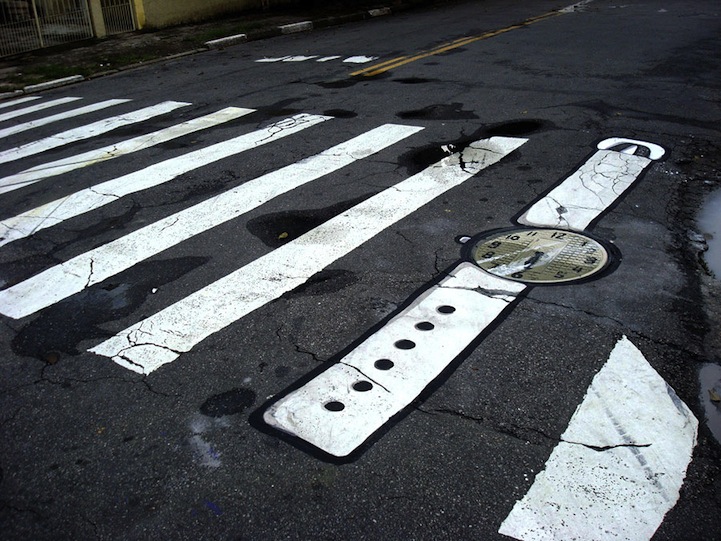Ritual:
Bamboozle
· Healing
- Relaxing
- Drums
- Helper
- Initiates - Not directly involved
^ Shamanistic like experience
- Sensory Stimulus
- Water
- Meditating
- Pure / Honest
( Not conventional western medicine)
In Bamboozle the children were introduced to new objects, a new object was only introduced by music and the sound of the drums. (Which was muted, this made it less introducing and harsh.)
Water was used as cleansing in bamboozle, to entre the dream. This gave the sense of a clean start to a story.
Performance/ Audience Relationship:
Bamboozle
· Music used to connect to the kids
· Pillows; hugging/ blankets as a sense of comfort and familiarity
· Performer being alive to the moment, reacting to the kids, seeing if they want to be hugged by the pillow, if they accept it. If not to performer moved over to the carer to show the children that it was ok and safe.
- Teaching new techniques to the carers to use later.
· Only trying to connect with one person, their eye contact
· Before the performance, the performers engaged with the children, learnt their names and introduced themselves to the children to create a relationship with them.
Charlie Peace
· Broke the fourth wall by entering the audience and interacting with them
· The genre of the play was based around the 19th Century tales
- Music Hall
- Mellow Drama
Object and Design:
Bamboozle
· Pastel/ Natural colours
· Simple and beautiful set
· - Don’t think they quite explored the set, the items and it’s movement.
· Anthropomorphism
· Dream like, soft items
· Shadows
· Intermit
Charlie Peace
· Not well incorporated in the space
- Projection was very illustrative
- Actors were not always lit properly
- The circle moulds on the roof were moulded into the set, se when other projections were used, it didn't fit properly
Time and Space:
Bamboozle
· Look through the child’s eye’s
- Creating their world
· Journey of ritual welcoming engagement of pillows (in character), the sling (the character), of lightness and the bird object which was developed through movement of flight.
· Dramatic structure rather than narrative
· Like a den for children
· Kids were allowed to think differently in the space
· Closed and intermit
· Patient atmosphere
· Took us into the world of the audience
Charlie Peace
· Confusing time era
· Costumes weren’t helpful in passing across the idea of time and age
Image, Light and Sound:
Bamboozle
· Gong—introduced to the kids to relevance the sounds
· Calming and soothing music
· Kids were fascinated with objects and there shadows
· Feathers and lateens
· Sign language was used when ‘thank you’ was repeated
· Simple structure
Charlie Peace
· Dim lighting
· Sometimes, depending on where the actors were on set, they were not properly lit
· Projection
Narrative and Structure:
Bamboozle
· In the Round
· Entre the dream — In the dream — Wake up from the dream
· Floating and flying types of feelings
Charlie Peace
· A non– chronological series of events












